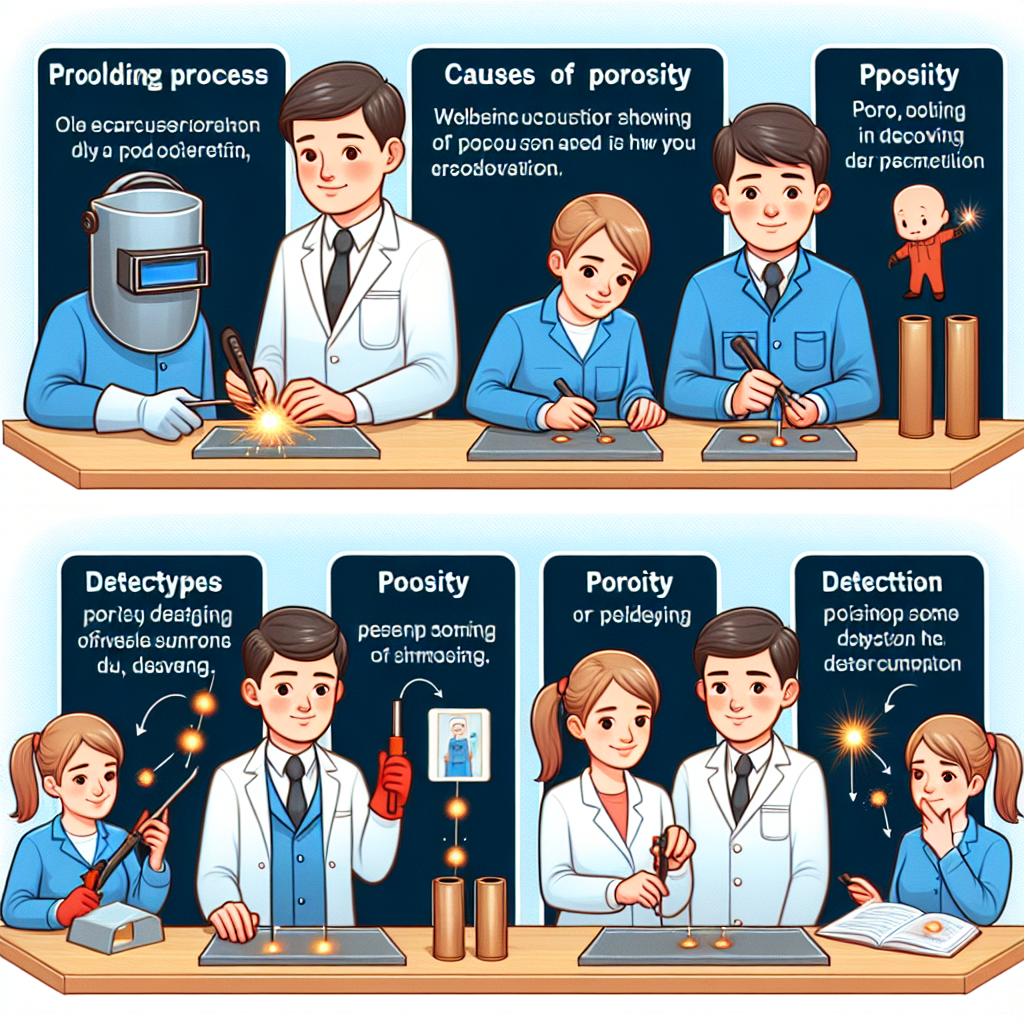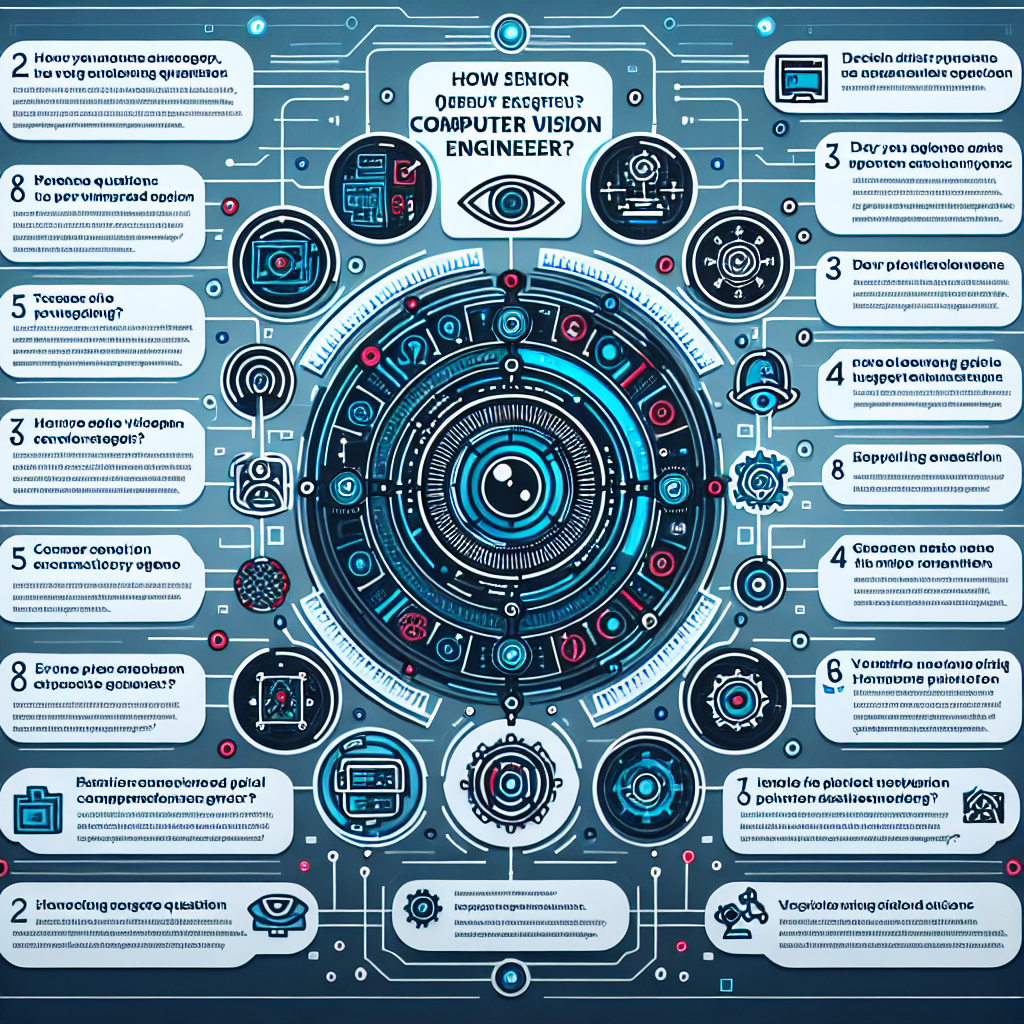Enhancing Safety in High-Risk Environments: Nuclear Welders Embrace Remote Monitoring
Enhancing Safety in High-Risk Environments: Nuclear Welders Embrace Remote Monitoring
In high-risk environments like nuclear power plants, safety is of utmost importance. To enhance safety measures, nuclear welders are now embracing remote monitoring technology.
The Power of Remote Monitoring
Remote monitoring allows nuclear welders to oversee welding operations from a safe distance, reducing their exposure to hazardous conditions. This technology utilizes cameras and sensors to provide real-time data on welding parameters, such as temperature and voltage.
Benefits of Remote Monitoring for Nuclear Welders
- Improved safety: By monitoring welding operations remotely, nuclear welders can avoid direct exposure to radiation and other dangerous elements.
- Enhanced efficiency: Remote monitoring enables welders to identify and address issues promptly, minimizing downtime and increasing productivity.
- Cost savings: With remote monitoring, there is no need for welders to wear heavy protective gear or set up physical barriers, resulting in cost savings for the nuclear industry.
Challenges and Solutions
Implementing remote monitoring in high-risk environments comes with its own set of challenges. These include connectivity issues, data security concerns, and the need for specialized training. However, these challenges can be overcome through robust network infrastructure, encryption protocols, and comprehensive training programs.
Main Takeaways
Nuclear welders are embracing remote monitoring technology to enhance safety in high-risk environments. This technology offers numerous benefits, including improved safety, enhanced efficiency, and cost savings. While challenges exist, they can be overcome through proper infrastructure, security measures, and training. Overall, remote monitoring is revolutionizing the way nuclear welders operate, ensuring a safer and more efficient working environment.







